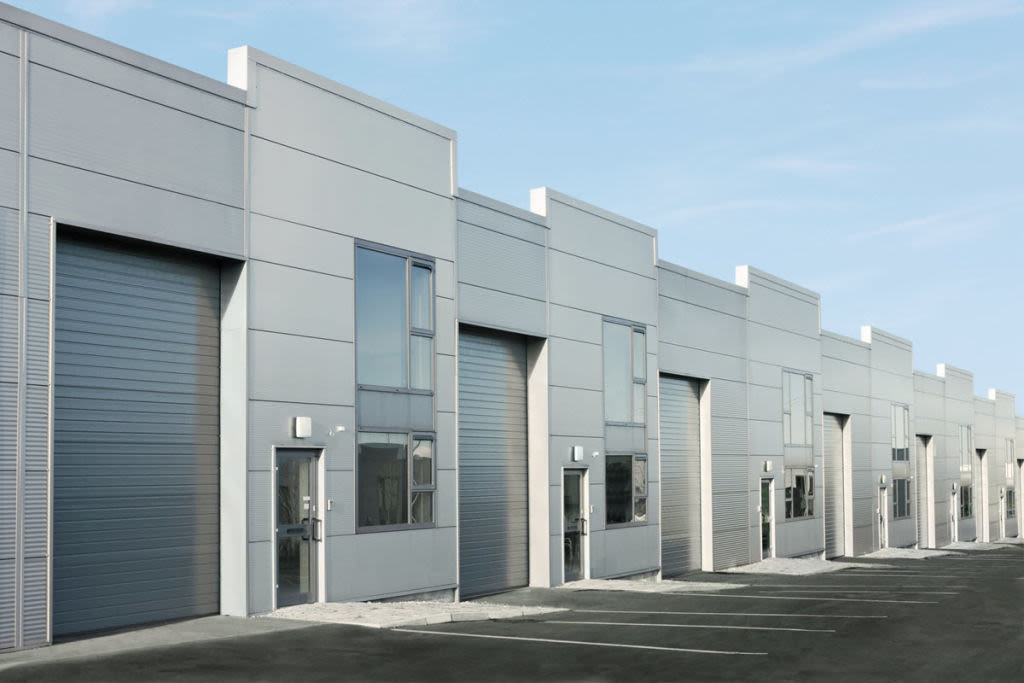
Micro-fulfilment centres are popping up all over Australia
After profoundly transforming the way Australians shop, e-commerce’s disruption is extending to the physical spaces where goods are processed before being delivered to the consumer.
The boom in online retail has pushed logistics into the spotlight, with one part of the supply chain drawing particular attention: the “last mile”.
This final leg, which represents the journey from the warehouse to the consumer, is often the most expensive, complex and time-sensitive stage of delivery. And as Australians’ expectations for speedy delivery increase, the industry’s answer has been the creation of smaller warehouses, or “micro-fulfilment centres”, strategically placed in inner cities and suburban areas.
Australians spent a record $69 billion online in 2024, according to the AusPost eCommerce Report. A June poll conducted by Australia-based last-mile and route optimisation software company Locate2u found 75 per cent of consumers shop online every month. Gen Z leads the charge in viewing delivery speed and transparency, including real-time tracking, as crucial factors in building brand trust.
“The last mile is the new battleground for customer loyalty,” says Locate2u chief marketing officer Louis Petrides. “What’s clear from the data is that location itself has become a competitive advantage.
“Consumers now expect reliability and speed, both of which depend on having fulfilment sites closer to where people live. That’s why we’re seeing such strong commercial property growth in smaller, tech-enabled suburban hubs and micro-fulfilment centres.”
These compact logistics hubs represent a retail revolution in how goods reach consumers. Rather than relying solely on sprawling distribution centres on the fringes of cities – the traditional model for retailers like Woolworths, Coles and Amazon – companies are moving stock closer to where people live. This shrinks delivery times, cuts transport emissions and meets consumer expectations for same-day or even one-hour delivery windows.
The business case is strong. Micro-fulfilment centres offer a clever workaround to Australia’s dense urban market, such as inner-city Melbourne or Sydney, where large tracts of industrial land are scarce or expensive. Industrial infill sites with warehousing capacity are in high demand as retail businesses and third-party logistics providers rush to deliver on the last-mile promise.
Centuria Capital Group, which manages Australia’s largest pure-play industrial fund, the $3.9 billion Centuria Industrial REIT, says it will continue to focus on investment in high-demand urban infill markets.
“Last-mile or urban infill locations are in higher demand compared to urban fringe markets and, consequently, have a significantly lower vacancy rate,” says Jesse Curtis, Centuria head of funds management. “Because of the strong demand for urban infill market space, growth in market rental values has been extremely high.”
The reason for these last-mile assets being in high demand is twofold, Curtis says.
“First, often fuel and transportation are the biggest expenditures for logistics operators,” he says. “Being closer to where goods need to be delivered means less expense, and we are seeing a shift in deliveries from big white trucks to small white vans.
“Second, it is easier to source labour in urban locations compared to outer-city fringes.”
For consumers, the benefits are apparent: micro-fulfilment centres mean faster deliveries and greater flexibility. Centuria has seen the most significant adoption in the e-commerce sector, being in food-related sales. For grocery retailers and meal-kit providers like HelloFresh, proximity allows them to maintain product freshness and reduce spoilage.
By occupying smaller footprints, they can be slotted into underutilised buildings, older warehouses, or even basements of commercial properties. But with the scarcity of land, including industrial infill sites, the future of micro-fulfilment might be “up, not out”.
“With a reduced amount of industrial land, our traditional single-storey sheds need to ‘grow up’,” Curtis says. “Multilevel warehouse developments in urban infill locations are vital to meet the growing demand for warehousing space.”










